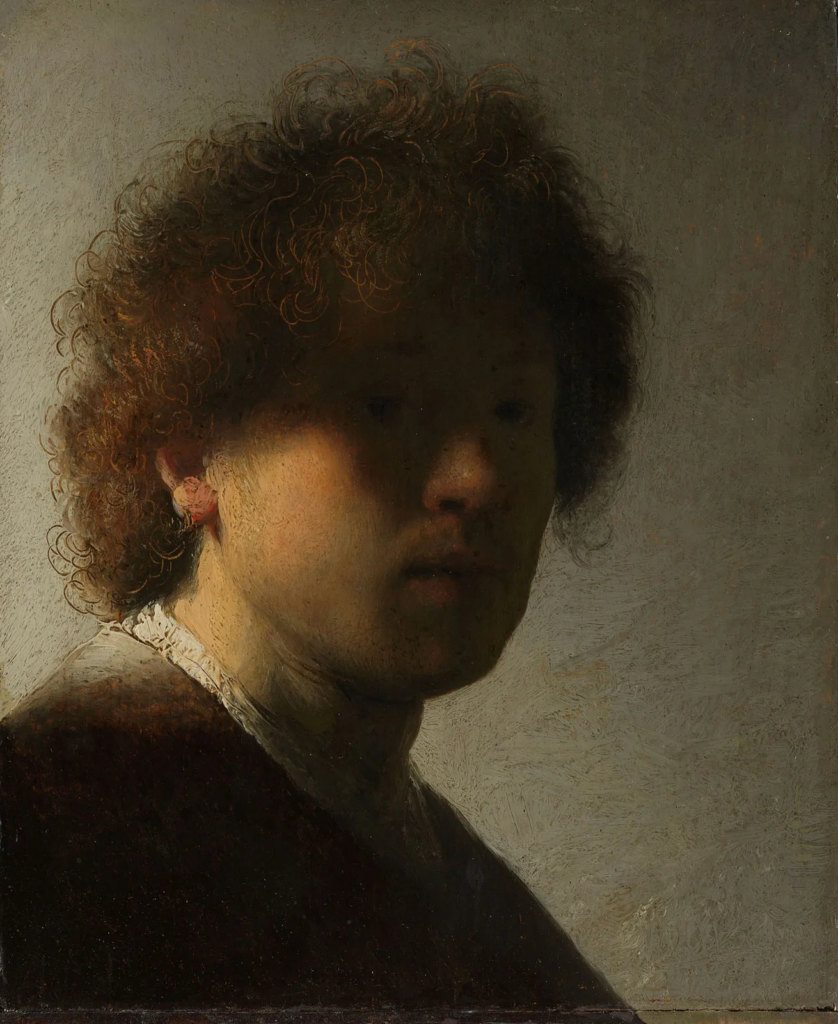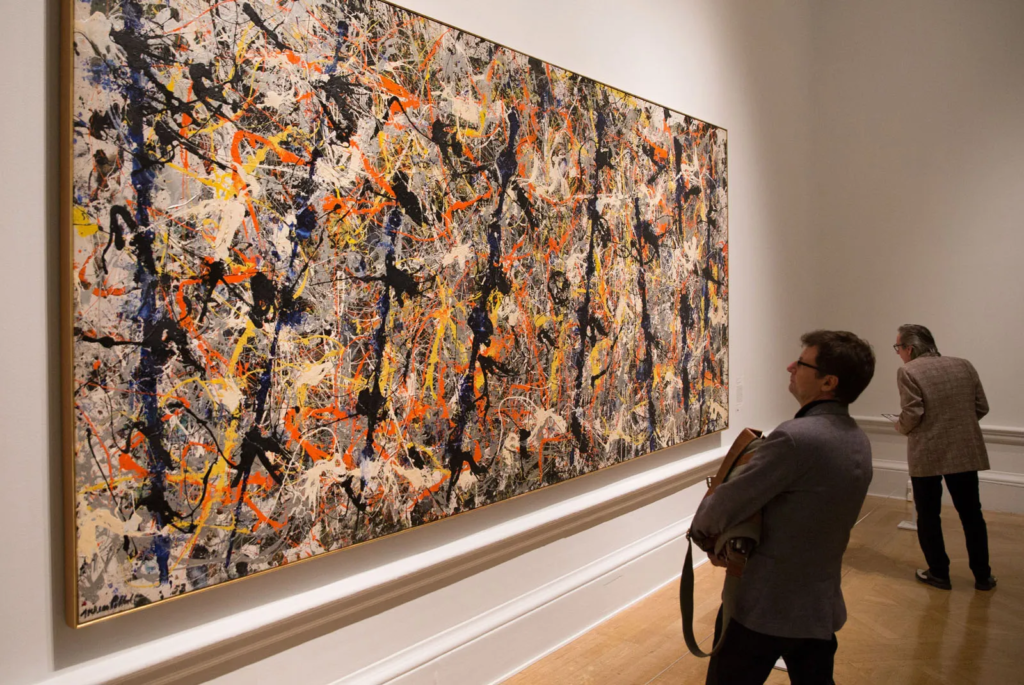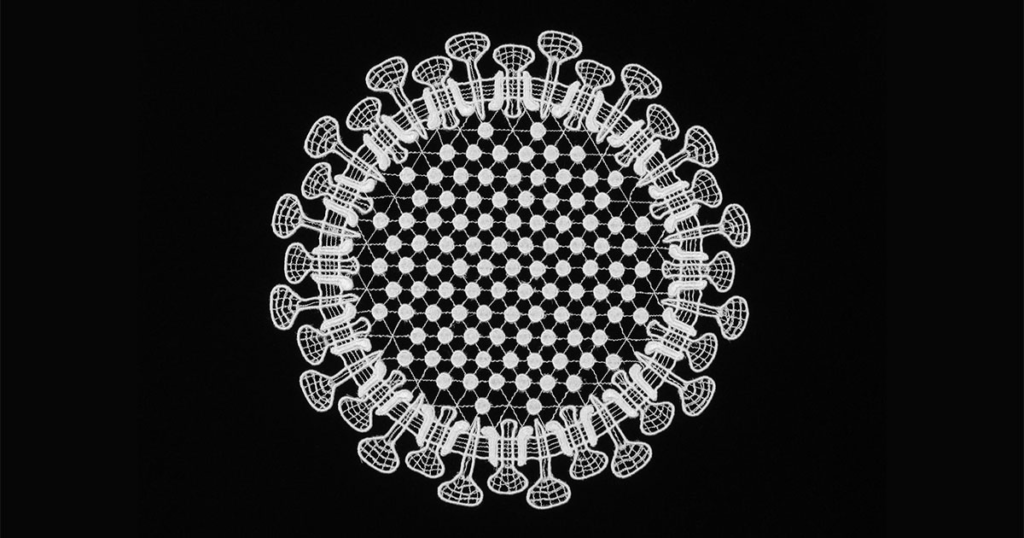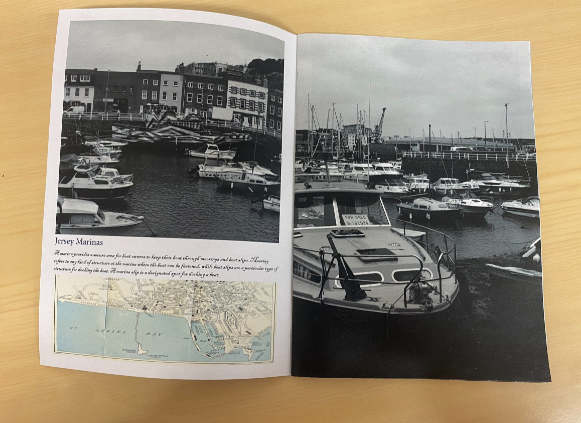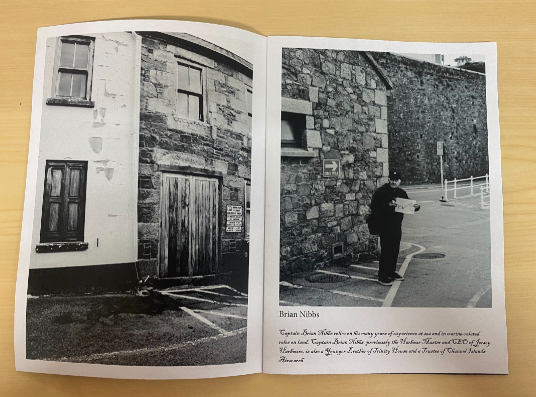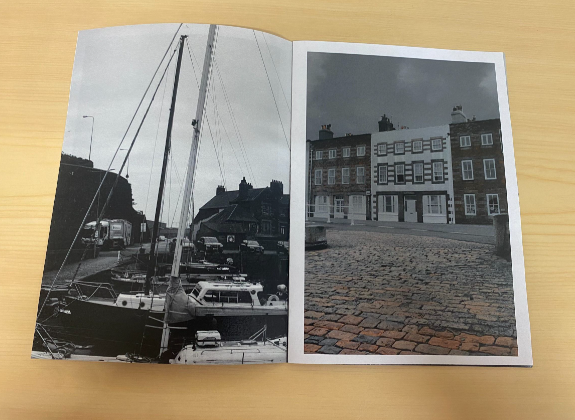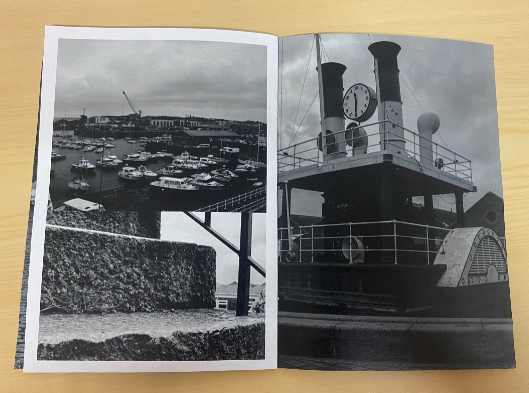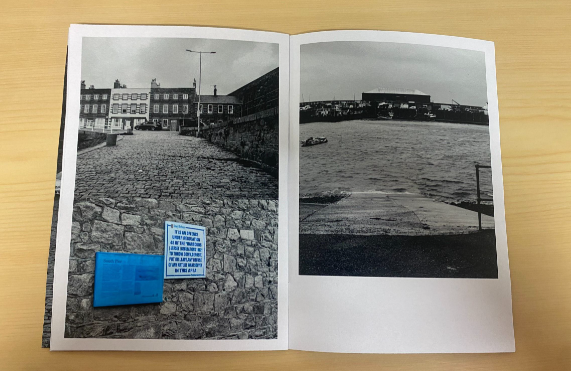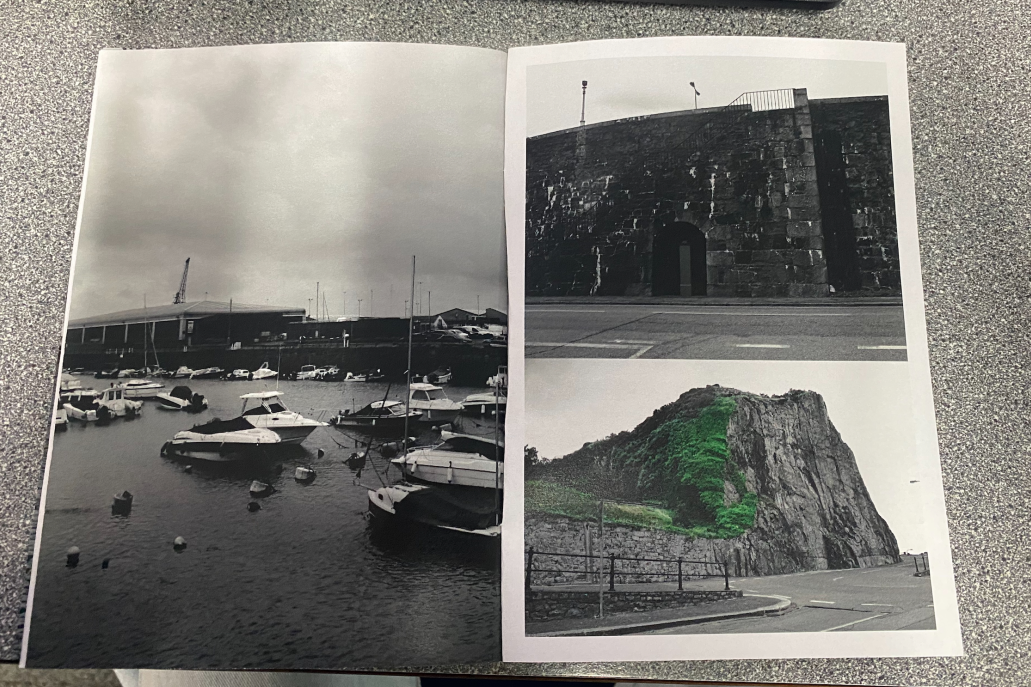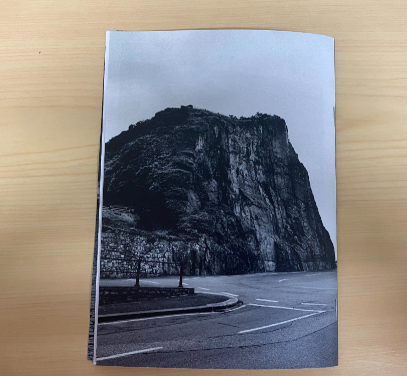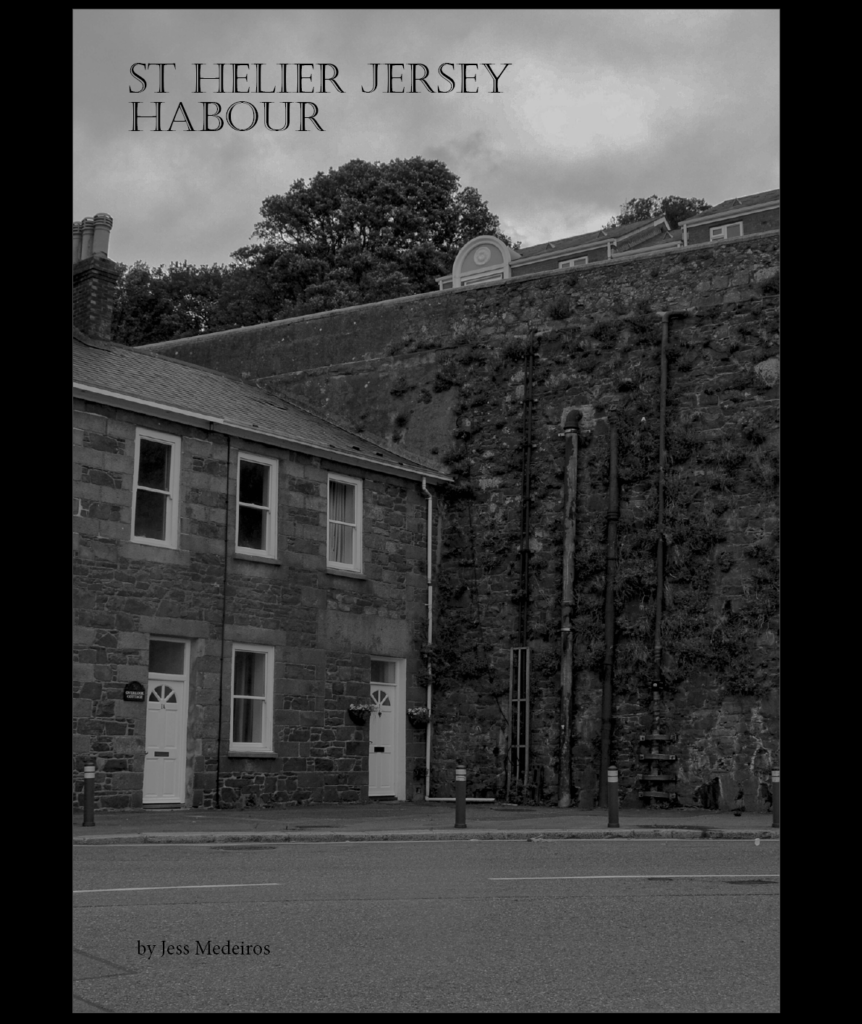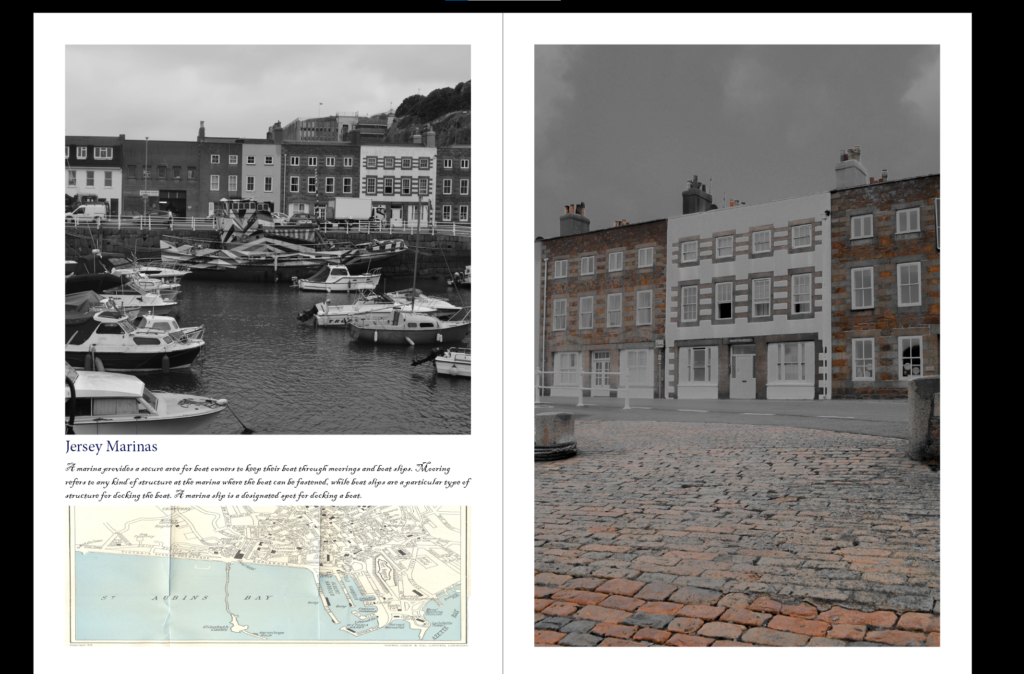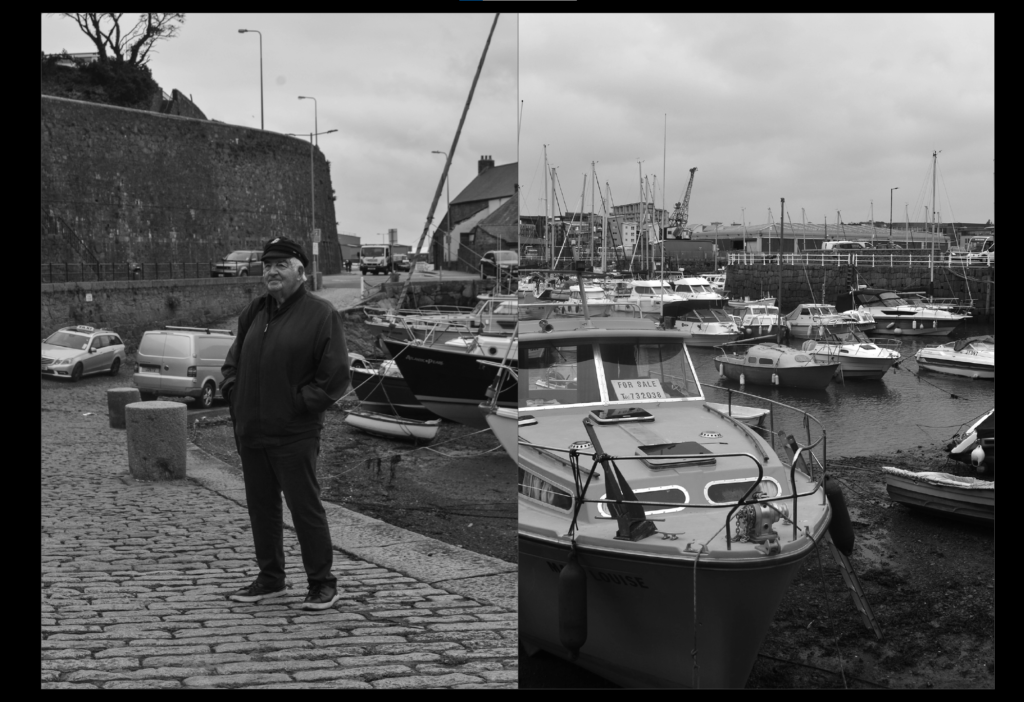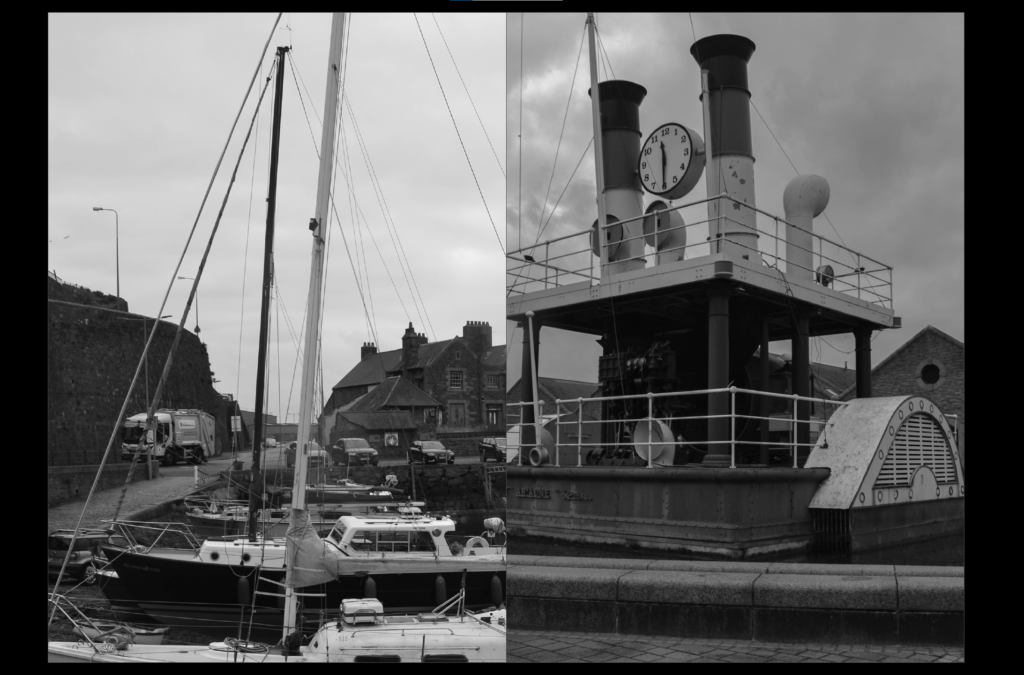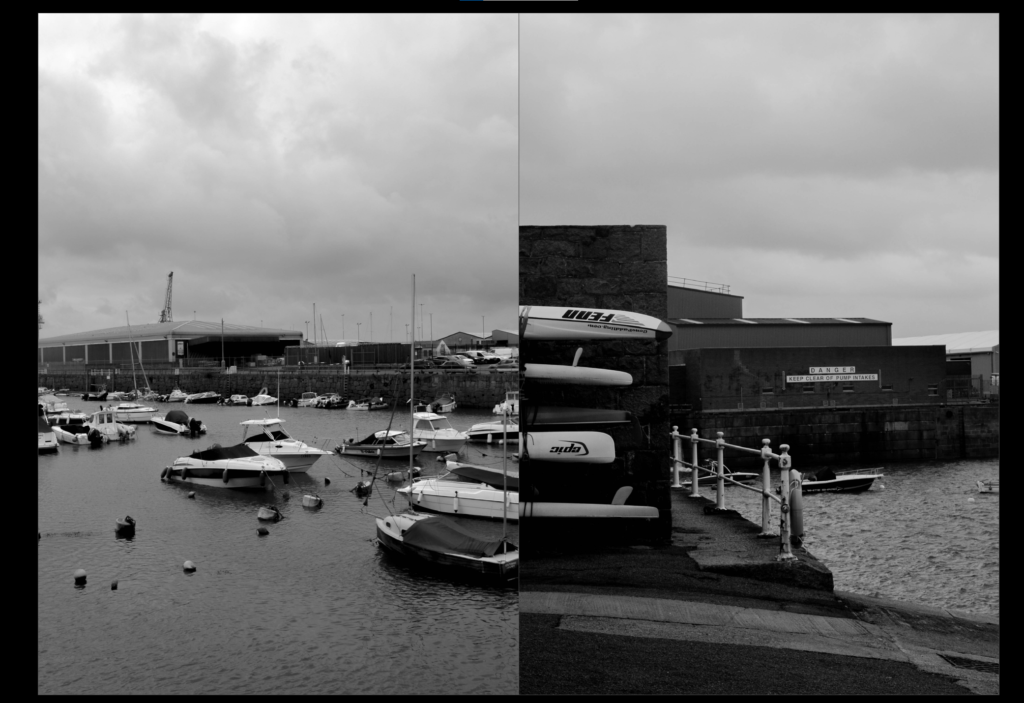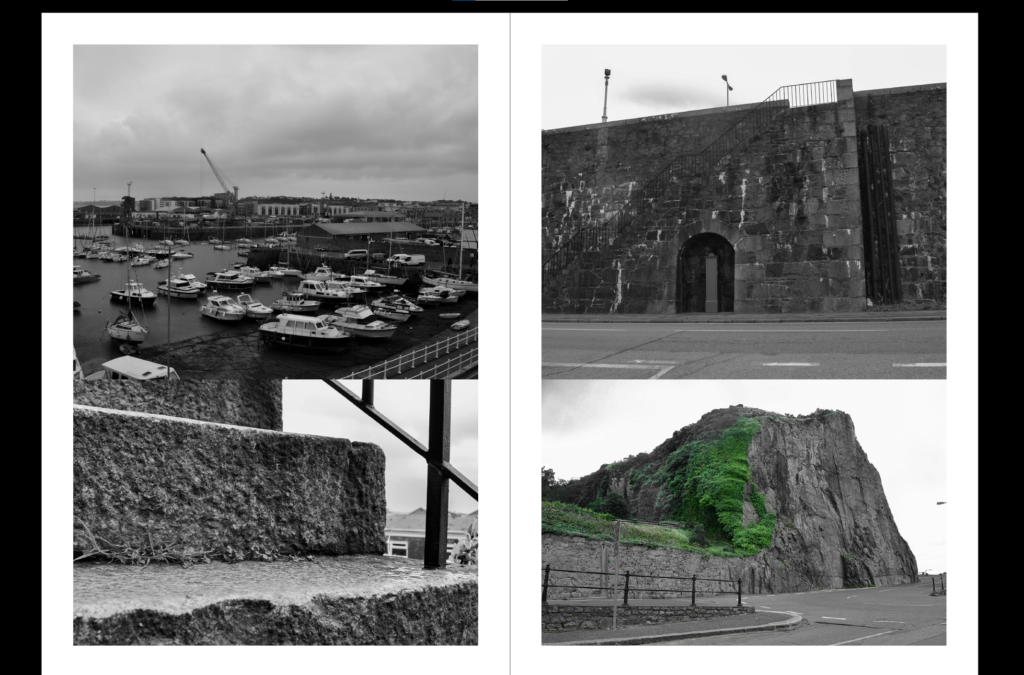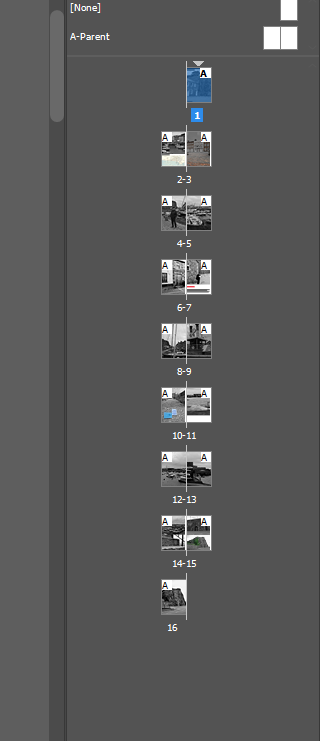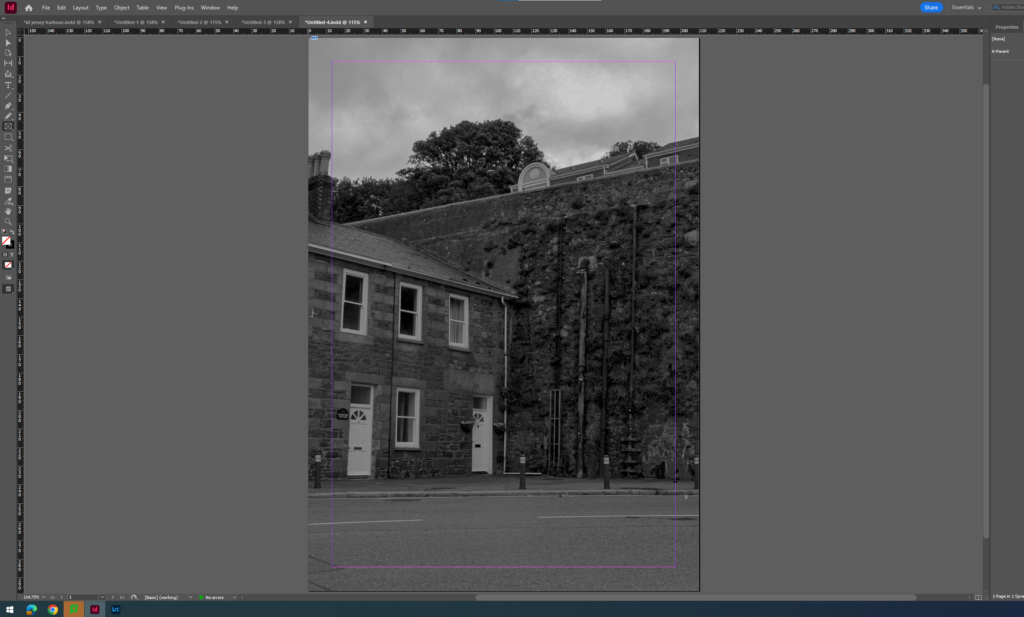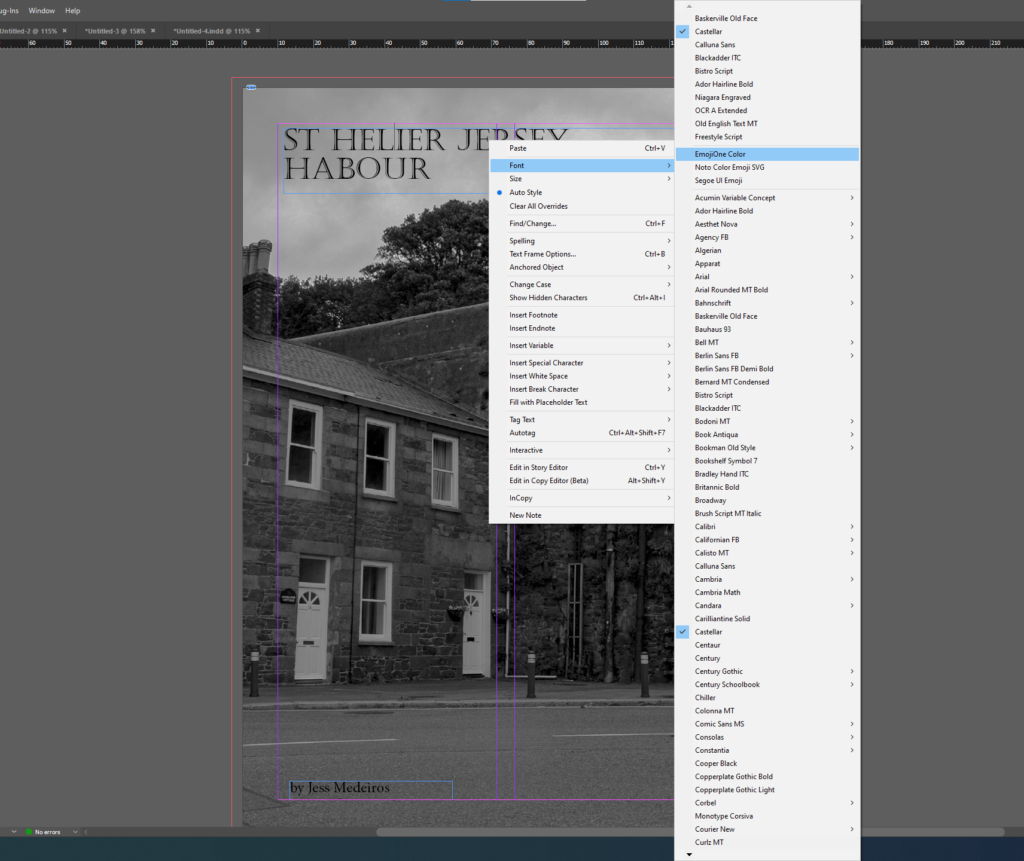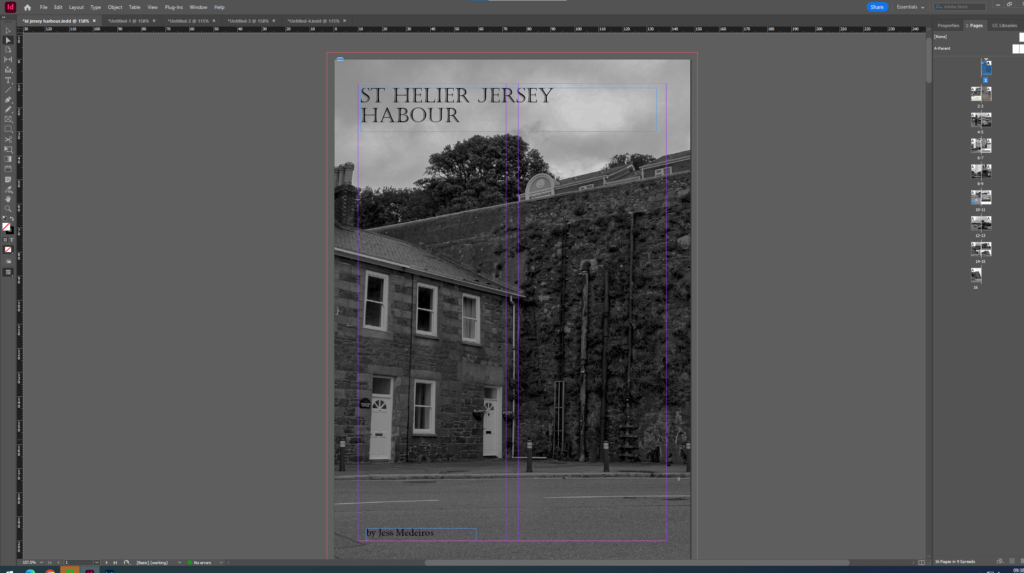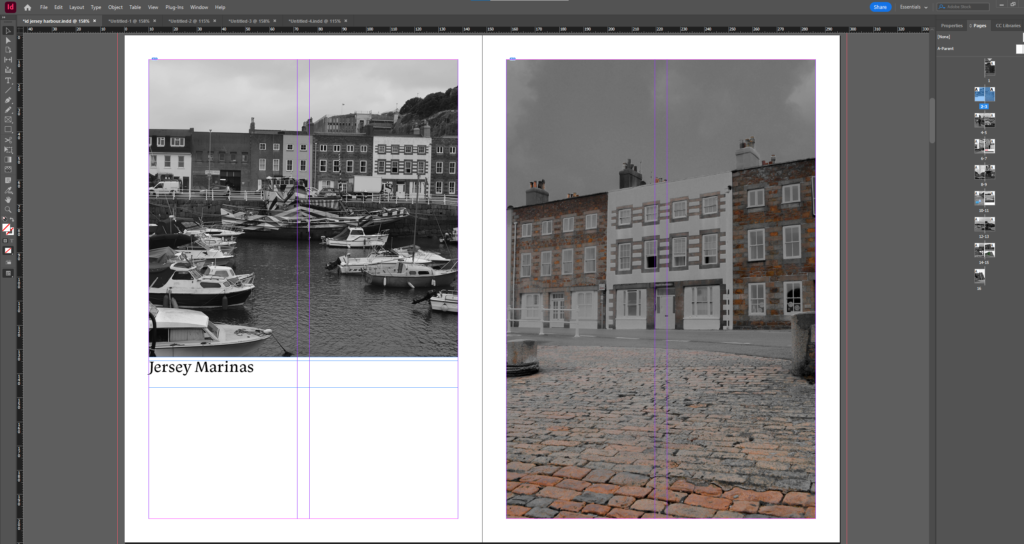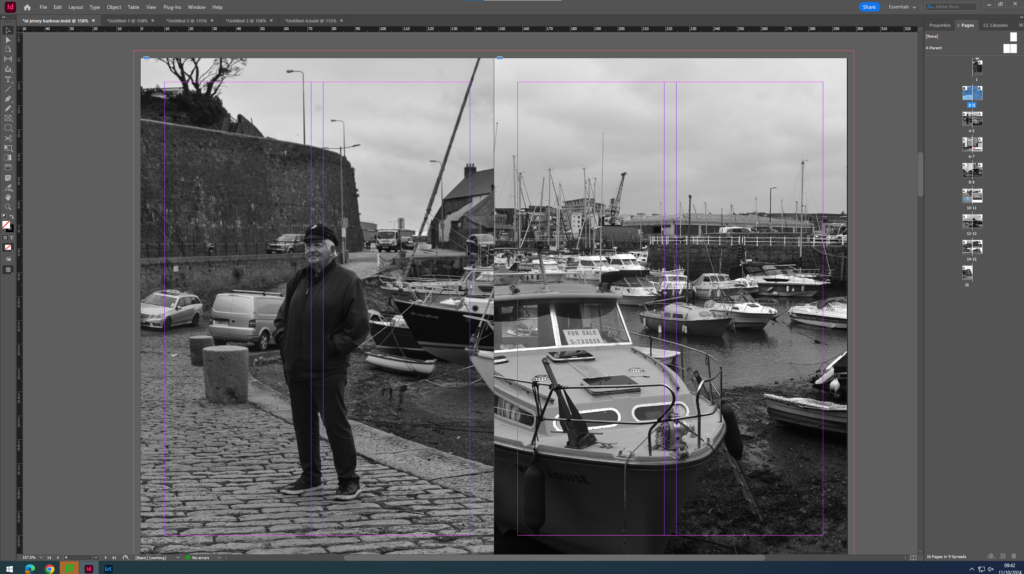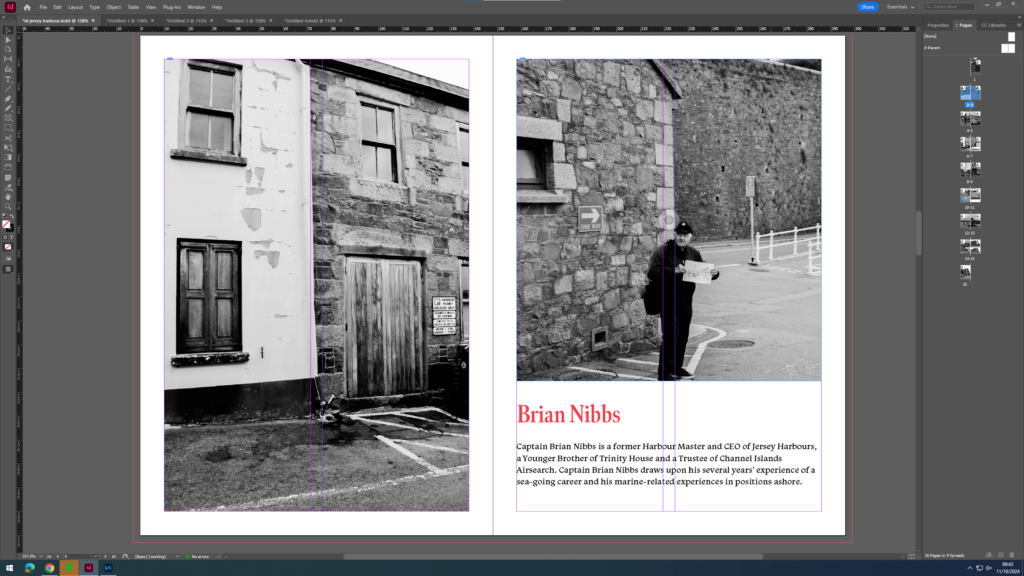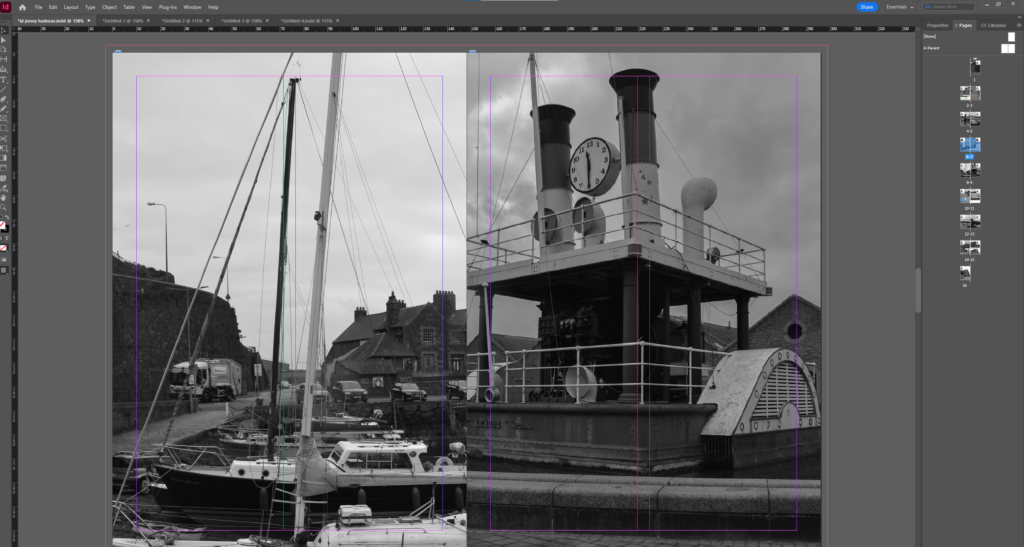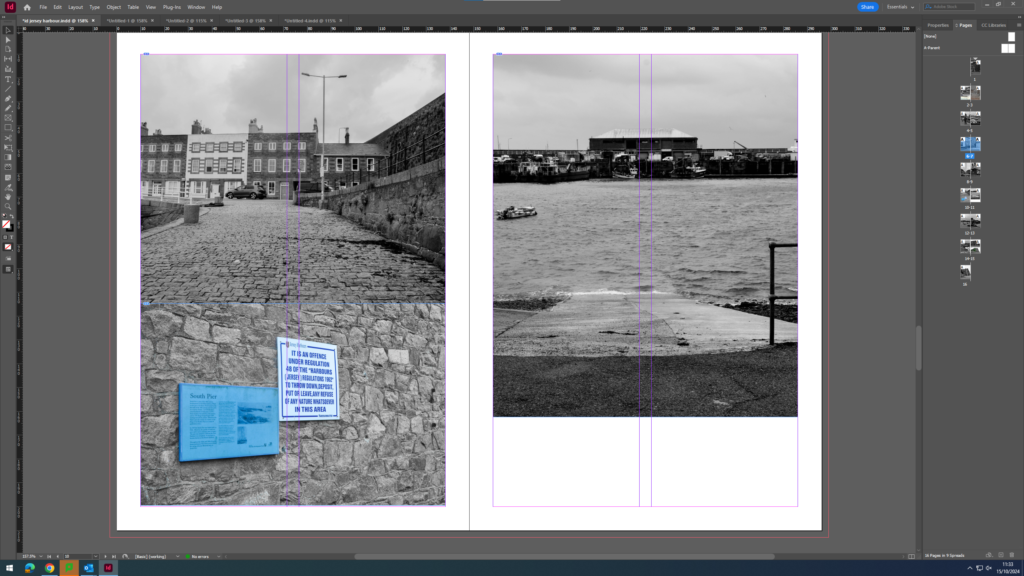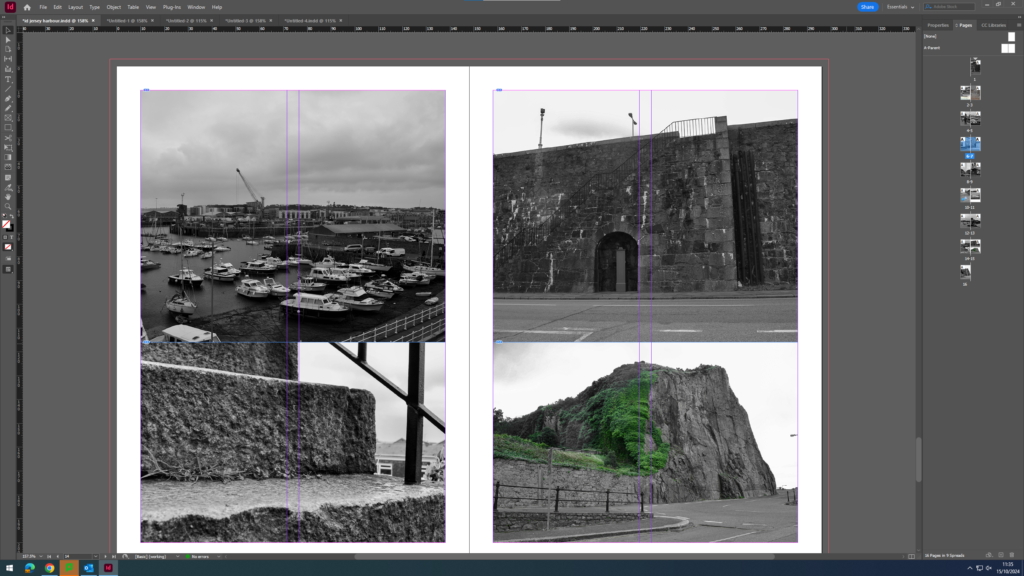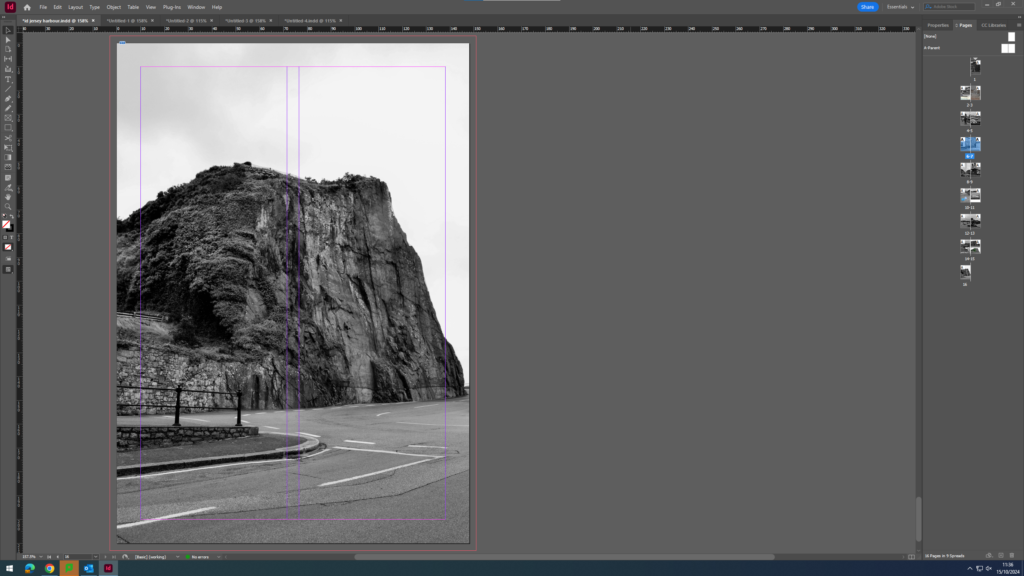How can photographs be both ‘mirrors’ and ‘windows’ of the world?
Introduction
The Daguerreotype and Calotype are two crucially early photographic processes, each with distinct features. The Daguerreotype, developed by Louis Daguerre in 1839, involves a polished silver-plated copper sheet treated with iodine, producing very detailed, images that are unique and cannot be replicated. This process requires longer exposure times, making it more complex and costly. In contrast, the Calotype, invented by William Henry Fox Talbot in the 1840s, uses paper coated with silver chloride to create a negative image, allowing multiple positive prints to be made from a single negative. Although Calotypes typically produce softer images with less detail, they offer a broader tonal range and require shorter exposure times, making the process simpler and more accessible to a wider audience.
John Szarkowski’s theory about photography as either a “mirror” or a “window” offers a compelling lens through which to view the Daguerreotype and Calotype. The Daguerreotype can be seen as a “mirror” of the world, capturing a highly detailed, reflective image that emphasizes the individual moment and the artist’s perspective. Its unique qualities and meticulous craftsmanship invite viewers to contemplate the nuances of reality as perceived by the photographer. In contrast, the Calotype functions more like a “window,” offering a broader view of the world through its ability to produce multiple prints from a single negative. This process reflects a more democratic approach to photography, allowing for the sharing of experiences and perspectives. The softer, less precise images of the Calotype can evoke a sense of interpretation and mood, suggesting a more subjective experience of the world beyond mere replication. Together, these processes exemplify Szarkowski’s idea of photography as both a reflection of the photographer’s vision and a means of connecting viewers to a wider reality, illustrating the complex relationship between art and perception in early photography.
‘An “autobiographical” response to a realist situation’. An “autobiographical” response suggests that the artist (be it a photographer, writer, or artist) draws upon their personal experiences, emotions, and perspectives. This approach often invites a deeper connection with the subject matter, as it is informed by lived experiences. The use of autobiography can serve to personalize and contextualize broader themes, allowing the creator to interlink their work with authenticity and emotional resonance. This suggests that the creator is not only reflecting on a realistic scenario but also incorporating their personal narrative into that reflection. This blend can enrich the work by providing a unique perspective on the realism being portrayed. For example, a photographer might document a social issue while including their own experiences or emotions related to that issue, thereby creating a layered narrative. This allows a multifaceted exploration of themes, as the artist’s personal story can illuminate the broader societal context, fostering empathy and understanding in the audience. It encourages viewers to see the interplay between individual lives and collective realities, making the work both specific and universally relatable. Ultimately, this approach underscores the idea that personal experiences can deeply inform and enhance the representation of real-life situations, bridging the gap between individual and collective narratives. I agree with the quote, as every picture taken, has a story behind it. Whether this is intended is completely up to the photographer or viewer. The power of imagination can romanticise and envision what the picture is telling them to imagine. The smallest factors can have the biggest effects.
paragraph 1
mirror
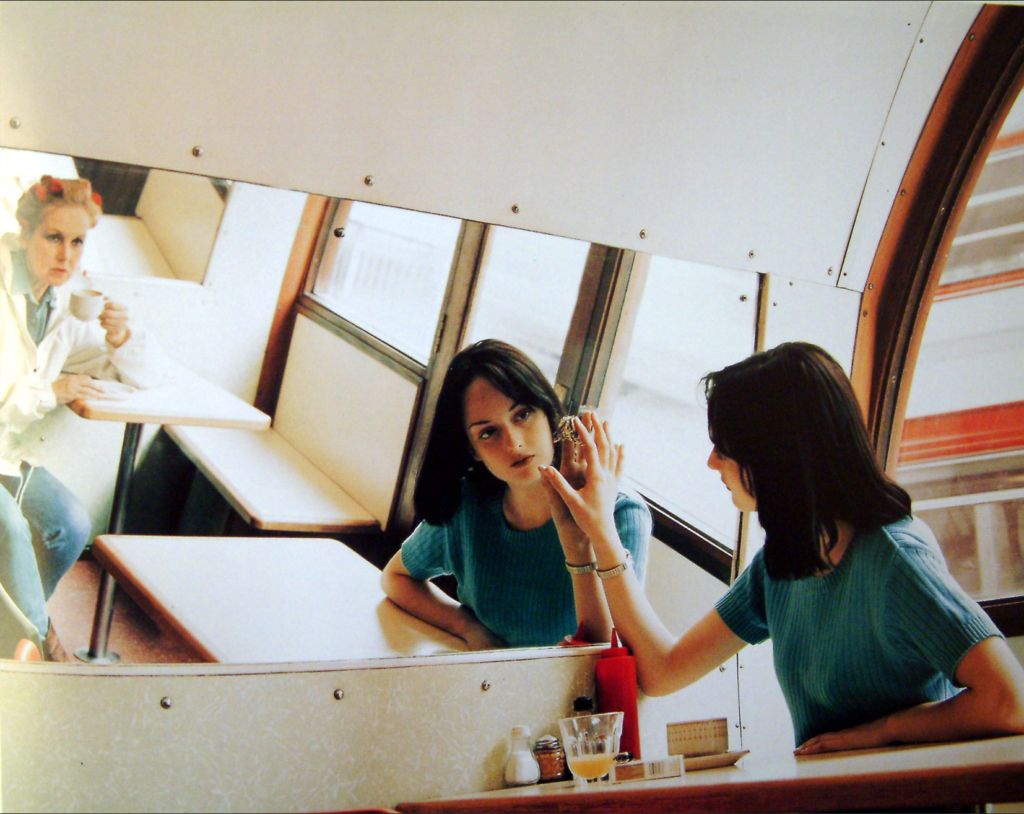
Hannah Starkey
In this image, there is a woman looking at herself in the reflection of the mirror. This represents Szarkowski’s theory on mirror photography. This could be personal to the photographer as it suggests the representation of Self-Discovery. It often symbolizes introspection and self-exploration, highlighting a journey of understanding oneself. Duality, the reflection can represent different facets of her identity (what she shows the world versus her inner thoughts and feelings). Beauty and Vulnerability, the act of gazing into a reflection can evoke themes of beauty, longing, and vulnerability. capturing a moment of solitude and contemplation. Time and Memory: It may suggest nostalgia, as the reflection can evoke past experiences, memories, or even dreams of the future. Feminine Perspective: The image can celebrate femininity, emphasizing the strength and complexity of women’s experiences.
window
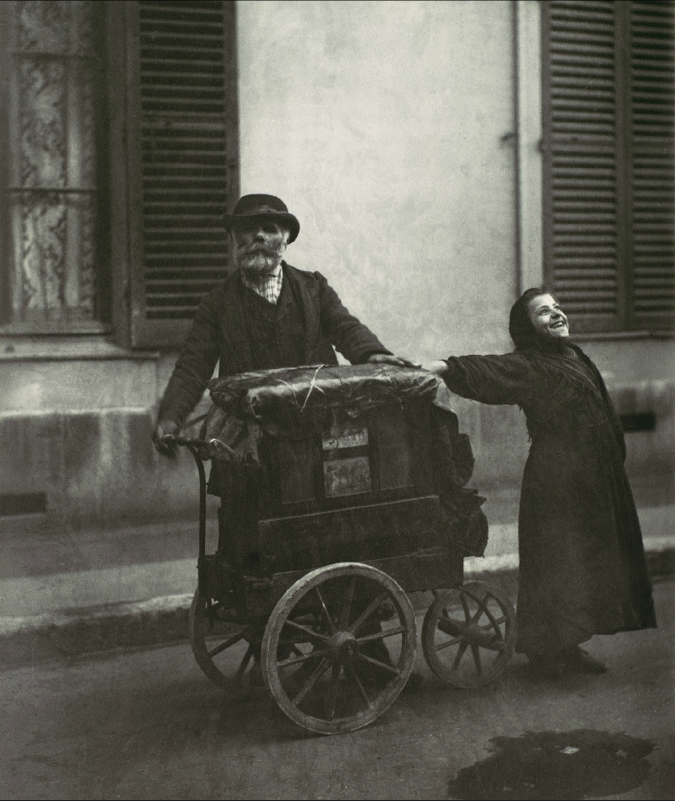
Eugene Atget
In this image, two people are captured just living naturally. This isn’t exactly personal to the photographer as there is no connection or resemblance as to why he has taken this image (from what we know). Eugène Atget was a French photographer best known for his photographs of the architecture and streets of Paris. He took up photography in the late 1880s and supplied studies for painters, architects, and stage designers. Atget began shooting Paris in 1898 using a large format view camera to capture the city in detail. The photograph “Joueur d’orgue” is a work by Eugene Atget, taken sometime in 1898-99. It captures a street musician with an organ grinder, which appears to be housed on a wheeled cart. The musician is an older man with facial hair, wearing a hat and a long coat, standing behind the cart and turning the lever of the organ. There’s also a young boy cheerfully leaning on the cart, looking up at the organ player. Both are positioned against the backdrop of a building with closed shutters, giving a glimpse into the street life of the era in which the photo was taken. The image conveys a sense of livelihood and perhaps hints at the cultural atmosphere of the time.
Conclusion


These two images represent the theory of mirrors and windows.
Atget’s “Joueur d’orgue” effectively embodies Szarkowski’s dual concepts of ‘Mirrors’ and ‘Windows’ in that it is both a personal and artistic reflection on Atget’s vision of Paris and a documentary window into the life and social realities of the city at the time. The photograph invites the viewer to look both inward (toward Atget’s emotional and subjective perspective on the world) and outward (toward a tangible, historical moment in Parisian street life). This dual function makes Atget’s work a profound exploration of both personal reflection and social documentation, demonstrating the complexity and depth that photography can offer. Hannah Starkeys untitles image exemplify Szarkowski’s theory of ‘Mirrors’ and ‘Windows’ in their ability to reflect both the photographer’s internal world and broader social realities. Through her carefully staged compositions, Starkey provides a nuanced view of contemporary femininity, blending personal introspection with social commentary. Her photographs are not just about the external world—they are also a reflection of her own concerns and interests. They offer the viewer a dual experience: the chance to peer through a ‘window’ into the complexities of modern life while also reflecting on the ‘mirror’ of the photographer’s personal and emotional engagement with the themes of gender, identity, and social expectation.

